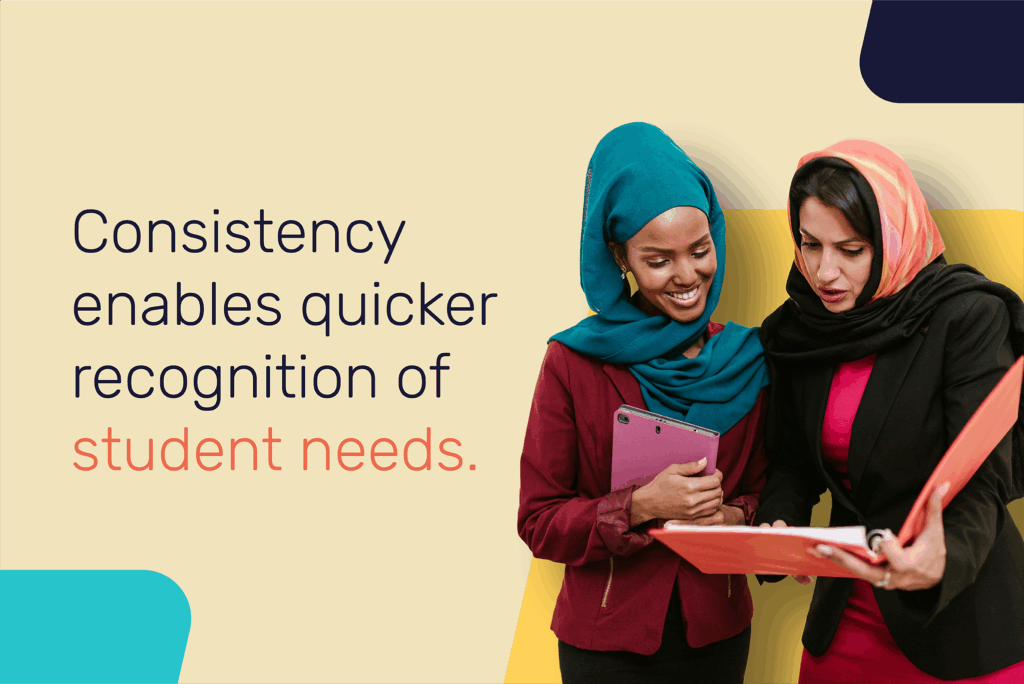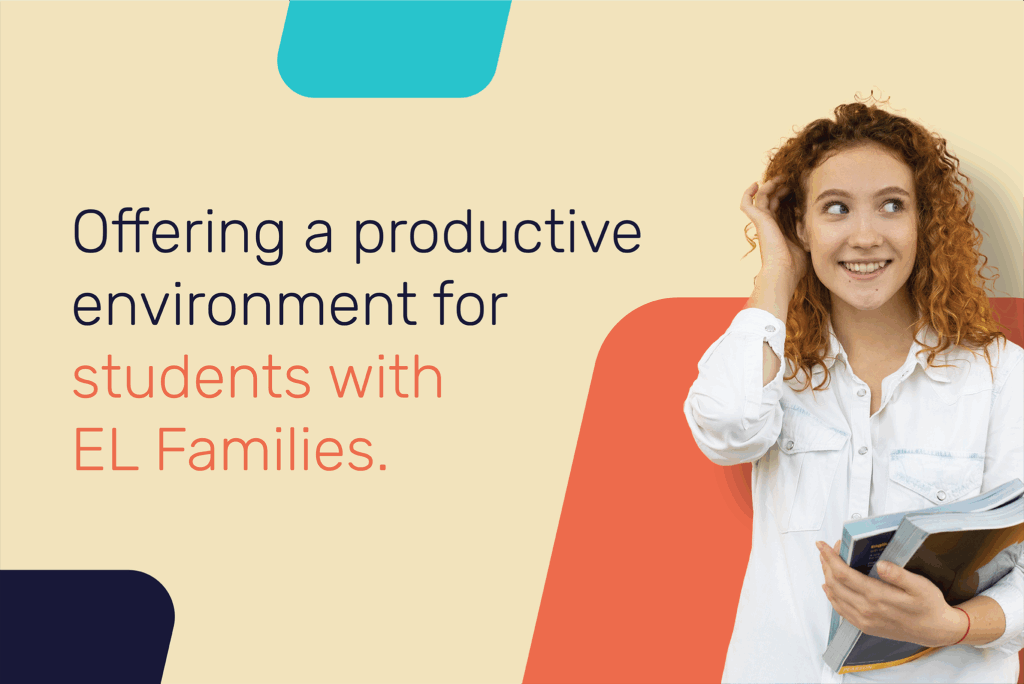Effective parent-teacher communication underpins the success of all K-12 students, but relationship-building can be a challenge. Introduce a language barrier, and the distance between teachers and English learner (EL) families grows wider.
According to research, families are significantly more likely to partner with schools when they see their norms, values, and cultural identities reflected in the educational environment. In a state as culturally and linguistically diverse as California, this translates to an urgent need for outreach that considers local threshold languages, cultural nuances, and the unique requirements of students with disabilities.
Parents who express a desire to support better outcomes for their children may not understand their role. In what ways can schools address these gaps in parental engagement, especially for English learners? Educators must strive to form partnerships with families to build healthy support networks and facilitate an optimal, productive learning environment. These tips summarize how and where to begin.
#1: Prioritize trust and engagement with EL parents
Building trust is foundational to successful relationships with EL parents, and the effort begins with bridging the communication gap. Many EL families are unsure about how they fit into their children’s educational experiences, and others may harbor mistrust rooted in prior experiences with institutions that did not make communication a priority.
Interpretation services, and especially on-site interpreting, play a central role in establishing trust. While video remote interpreting (VRI) and over-the-phone Interpreting (OPI) are excellent, accessible solutions, they lack the relational depth of a culturally aware on-site interpreter. In-person interpreters facilitate accurate communication, and additionally, build rapport, read body language, and navigate nuanced dynamics that can otherwise go overlooked.
When schools invest in in-person interpretation, they are also investing in relational capital, which yields long-term benefits. Clear, empathetic communication allows for more collaborative conversations about student needs and progress. When families feel seen, heard, and respected, they are more likely to become engaged partners in their children’s education, benefiting the students and strengthening the broader school community.

#2: Provide continuity for EL parents
Trust takes time to build, and maintaining continuity helps to reinforce it. Schools that make an effort to keep the same interpreter involved in ongoing family conversations benefit from a more stable and predictable communication dynamic. For EL families, seeing a familiar face each time they enter a school meeting builds confidence and reduces stress.
Educators also benefit from working consistently with the same interpreter. When parent communication is streamlined, it becomes easier to continue moving forward in a positive direction. Consistency enables quicker recognition of student needs and facilitates more timely and effective interventions.
When parents and educators collaborate and communicate based on mutual understanding, research has shown measurable improvements in student outcomes. Positive support systems empower students to grow in their peer relationships, social skills, grades, and attendance. Since continuity of on-site interpreters can be an achievable and affordable solution, especially when arranged in advance and on a consistent basis, it is worth investigating for school districts with ongoing language access needs.
#3: Enhance support for students on IEPs and 504 plans
Engaging with EL families of students with disabilities requires care. Conversations around Individualized Education Programs (IEPs) and 504 plans involve sensitive topics, including social-emotional well-being, behavior, and academic challenges. Miscommunication in these settings has a direct impact on students’ opportunities in the classroom, the workforce, and even the transition into adulthood.
Educators cannot always predict how families will respond when hearing their child is struggling or facing questions related to private medical information. On the one hand, an EL family may come from a culture that defers to authority and hesitates to ask questions about school recommendations. Another family may have differing views on disability or behavior, leading to unpredictable compliance with an IEP or 504 plan. In any case, many issues become easier to manage with alternate interventions or adjustments to communication methods.
Ideally, schools should work with on-site interpreters who understand the specific cultural dynamics of sensitive conversations. These language professionals serve not only as a mouthpiece, but as cultural navigators for both parties. Intent, context, and further explanation are crucial here, helping to prevent misunderstandings that can strain relationships or hinder essential support for students with disabilities.
By working with a consistent, on-site interpreter, schools are better equipped to foster clear and culturally competent communication, laying the groundwork for more effective support for students with disabilities and EL families.
Partner with California’s #1 provider of on-site interpretation
For students with EL families, educators, and the school district at large, in-person interpretation is a vital resource that empowers connection and community. Ready to partner with California’s top provider of on-site interpretation?
Explore our tailored interpreting solutions for K–12 schools. Contact Hanna today to learn more.
Suzette Cunningham, Account Manager Supervisor, Education Sector.
An impact-focused professional specializing in cultivating strong relationships, client advocacy, and strategic growth within educational environments. Her passion lies in broadening access and opportunity so all students and families can thrive, ensuring families are consistently aware and actively present in their children’s educational journey.


